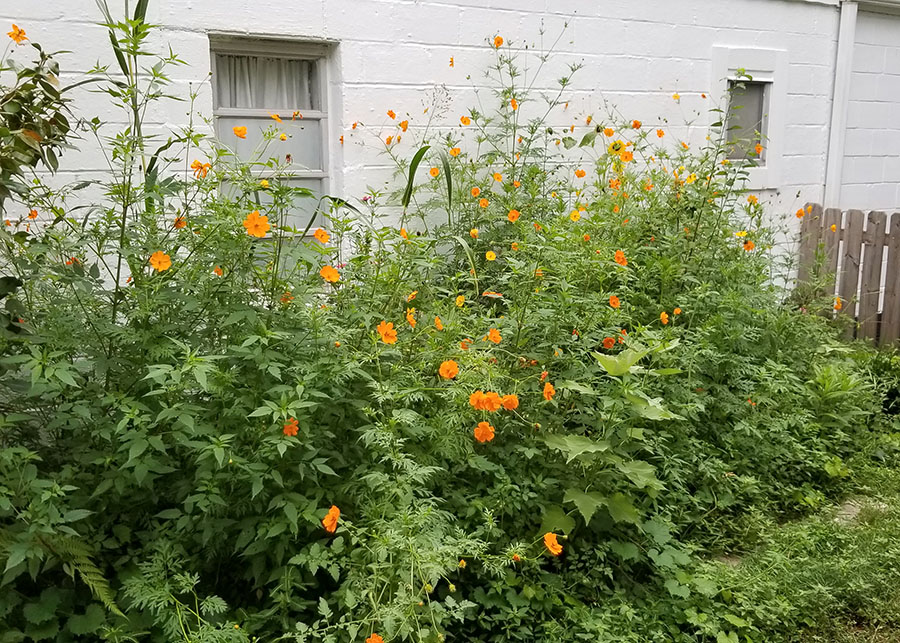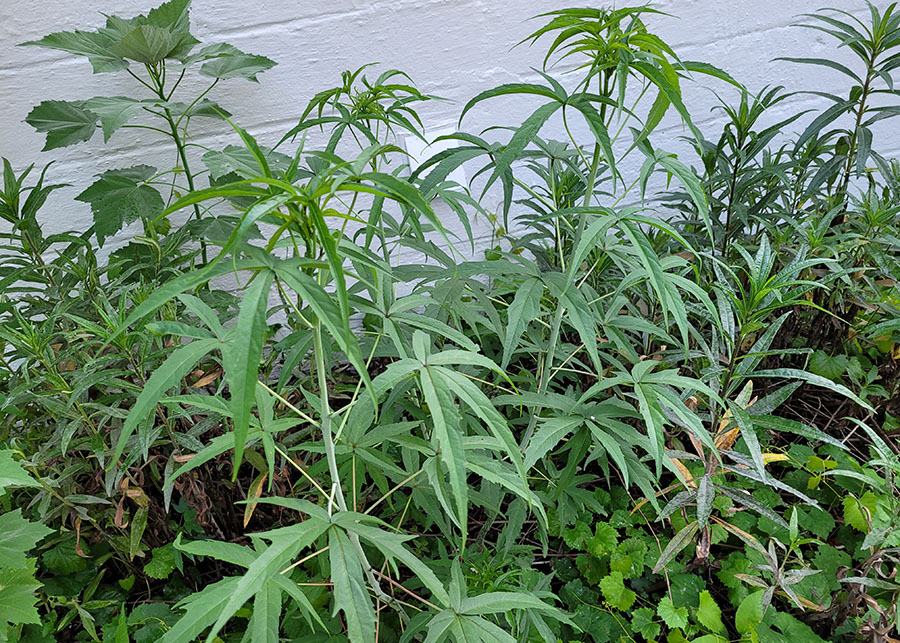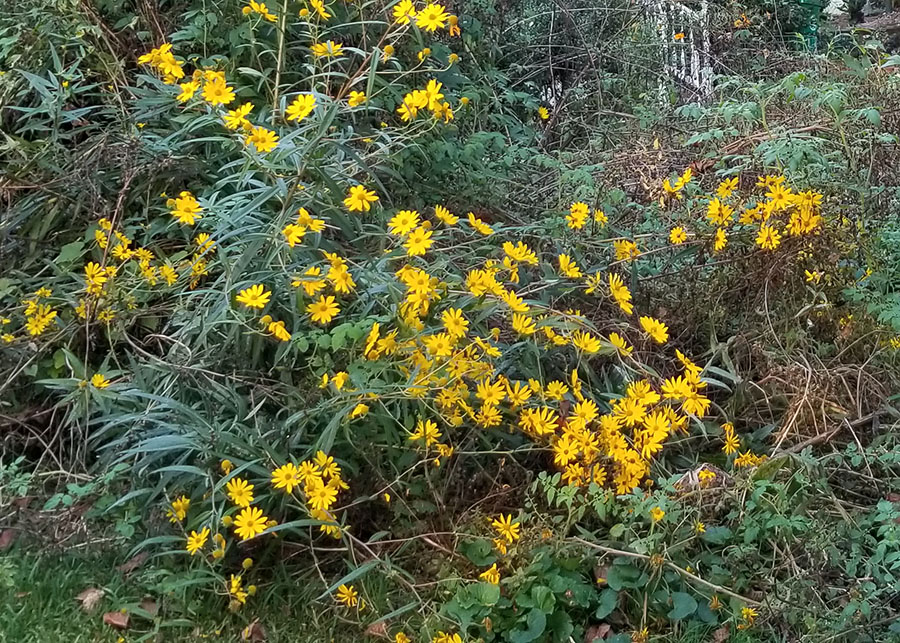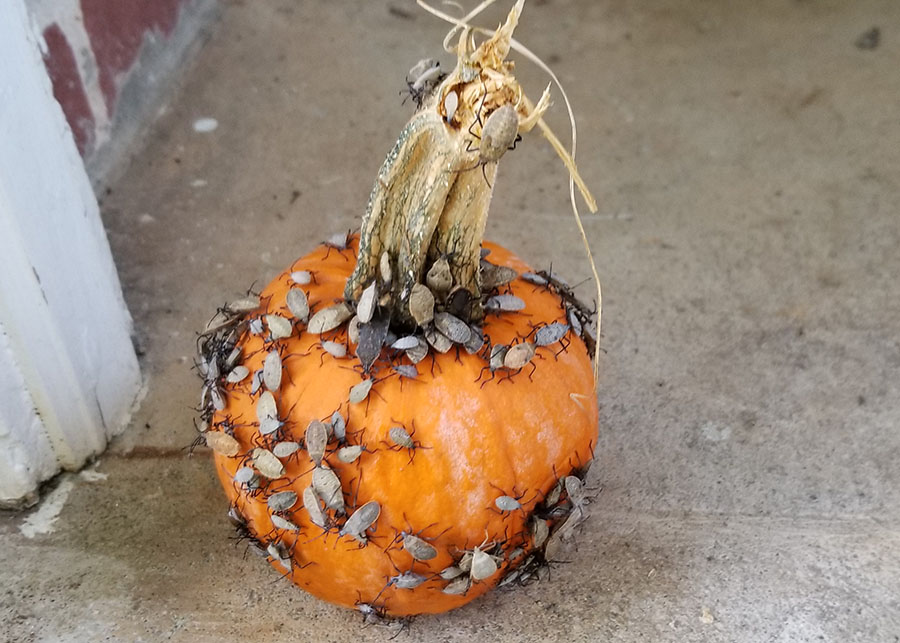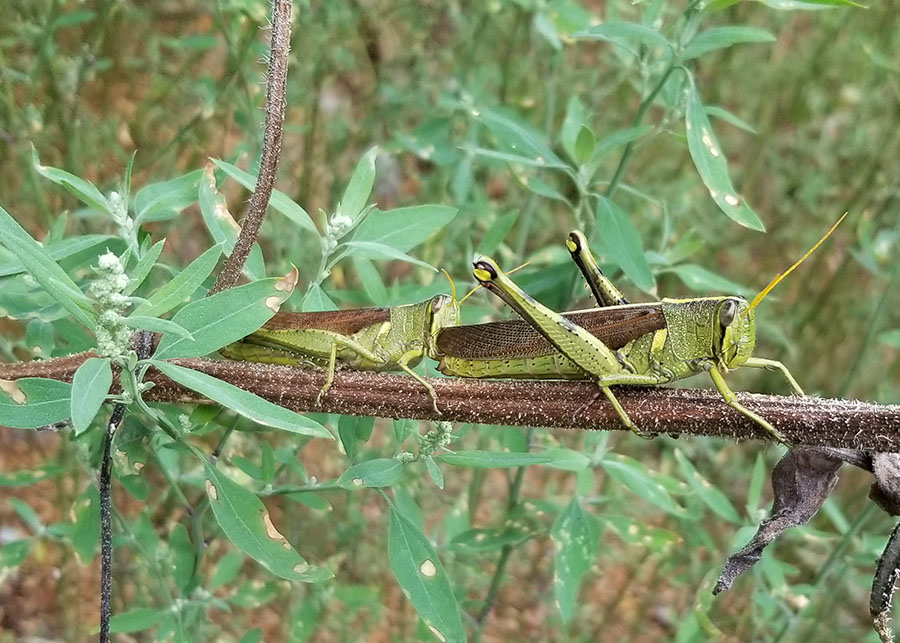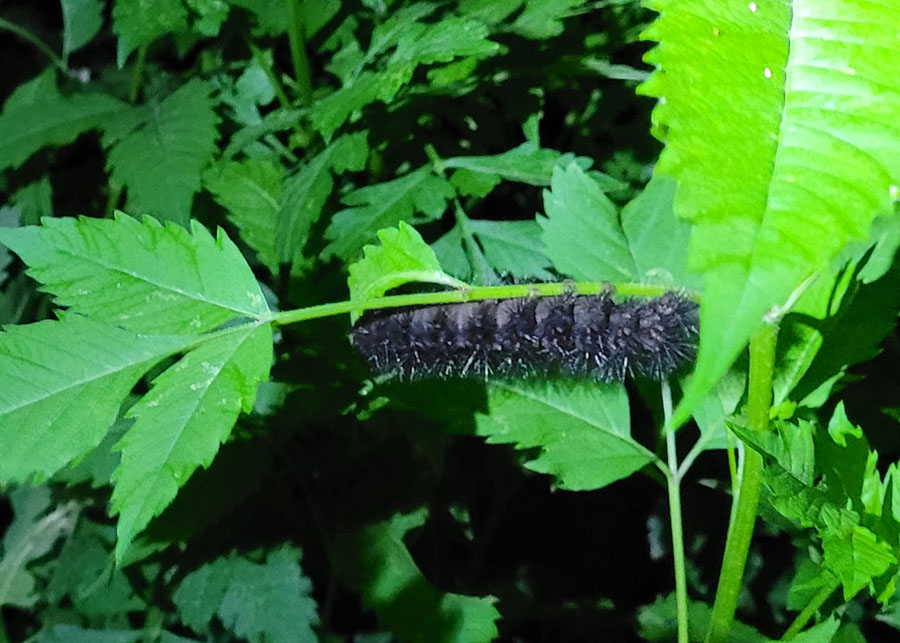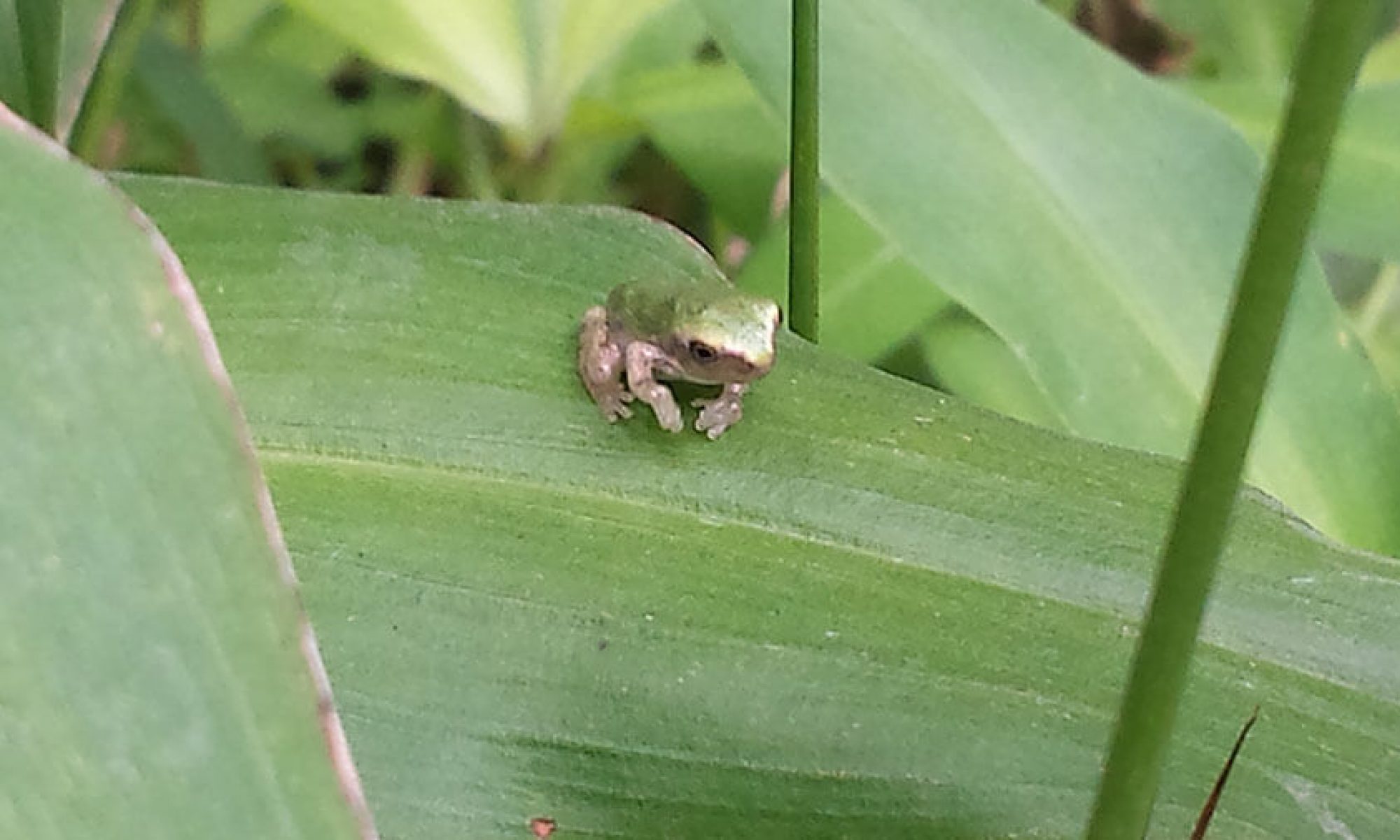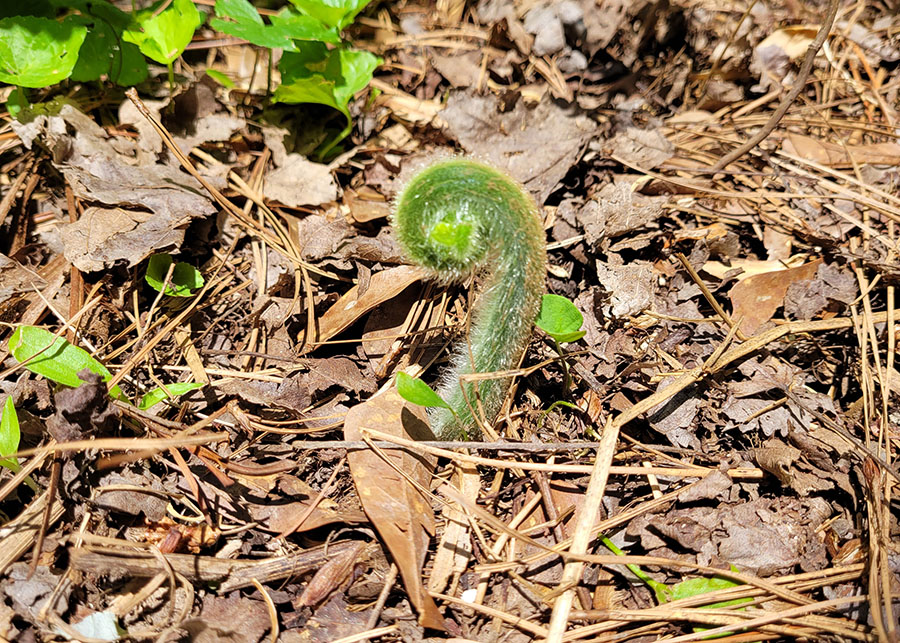At least half of my time tending the pollinator meadow is spent removing invasive evergreen seedlings: monkey grass (liriope), Japanese privet, wintercreeper, English ivy.
These plants might not feed most insects and other animals, but birds love the seeds and poop them all over creation.
The problem is that these plants displace native species that feed a higher number of species, including caterpillars and other insect larva.
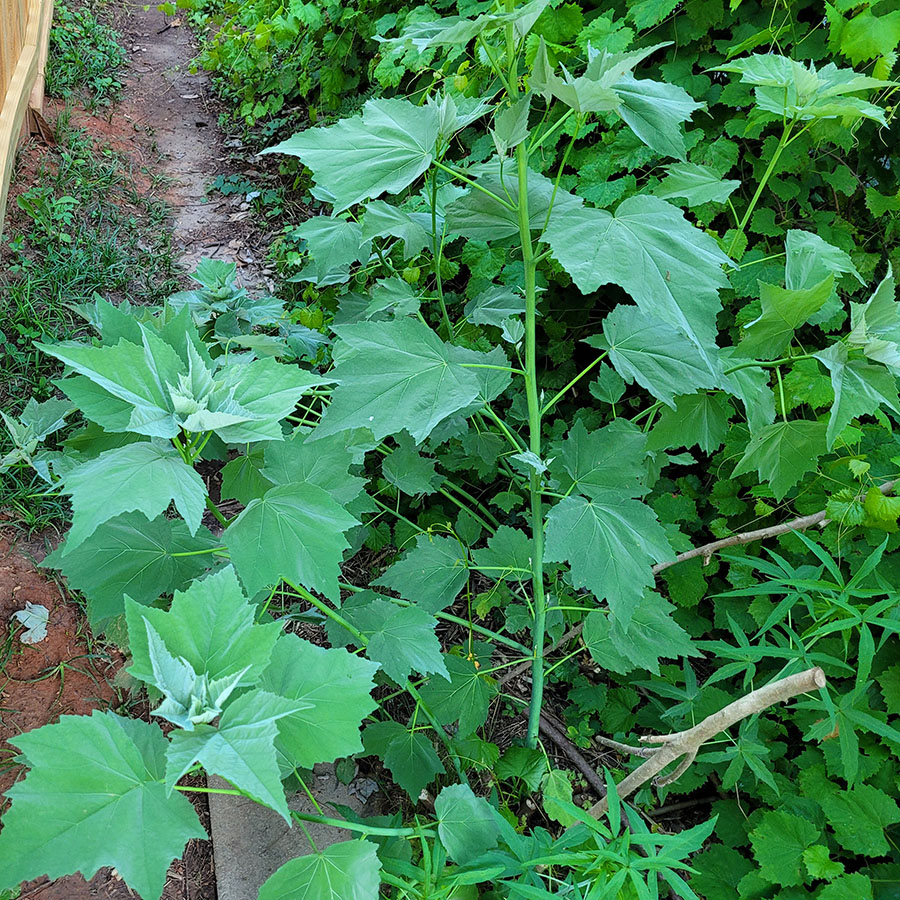
A plant doesn’t have to be rare or endangered to be ecologically valuable.
